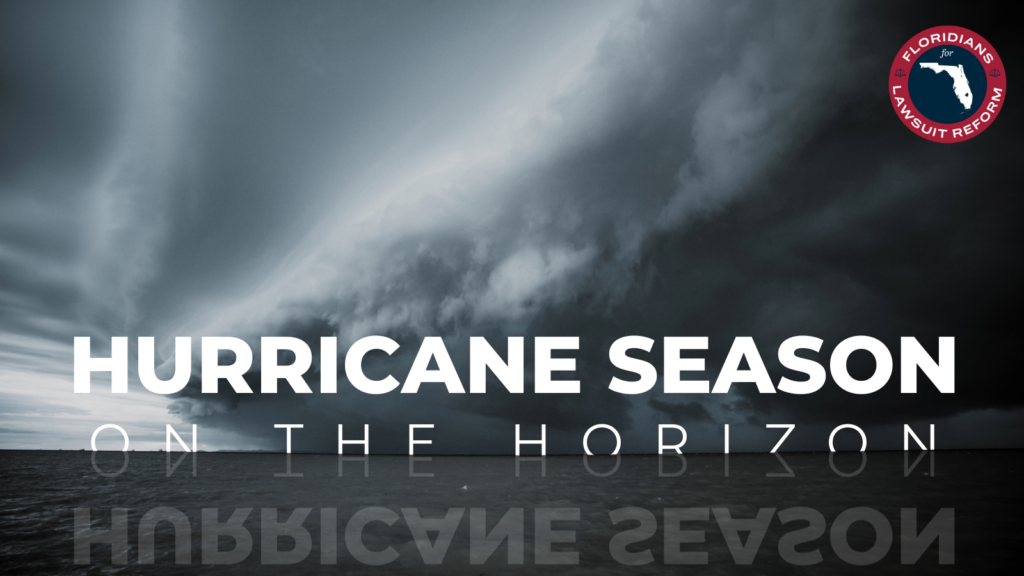
Published: Feb. 15, 2024 at 12:28 PM EST
MONTGOMERY, Ala. (WSFA) – El Niño is going to be a thing of the past sooner rather than later. At least that’s what entities within the National Oceanic and Atmospheric Administration (NOAA) believe will happen.
The latest El Niño/Southern Oscillation (ENSO) diagnostic discussion gives El Niño a pretty high chance of disappearing at some point within the next several months. When will happen?
April? May? June? Impossible to say exactly when, but its demise is coming.
According to NOAA there is a 79% chance that things shift from El Niño to ENSO-neutral at some point between April and June. If you look at the model data above it is certainly a good bet that El Niño will end sometime during the spring.
The reason for that actually comes from way out in the Pacific Ocean.
When sea surface temperatures out in the east-central equatorial Pacific are warmer than normal we’re in an El Niño. When the water in that same area is colder than normal we’re in a La Niña.
It’s neither El Niño nor La Niña if the average water temperature in the east-central equatorial Pacific is within a half degree of normal. Sometimes this is referred to as La Nada conditions.
This La Nada phase is where we’re heading this spring before things eventually move into the La Niña phase.
NOAA gives La Niña a 55% chance of developing at some point between June and August. The later into the summer we go the higher the chance of achieving La Niña conditions.
So why does all of this matter anyways? It matters for multiple reasons, including what happens out in the Atlantic Basin during hurricane season. El Niño and La Niña have direct impacts on how busy — or not so busy — the Atlantic hurricane season may end up being.
Traditionally an El Niño year is less active in the Atlantic Basin due to increased levels of vertical wind shear and more atmospheric stability — both things hurricanes dislike.
As you’d expect, a La Niña year is the exact opposite.
La Niña conditions support less vertical wind shear and less atmospheric stability out in the Atlantic. Both of these support increased levels of tropical activity in the Atlantic Ocean, Caribbean and Gulf of Mexico.
Given the probability of La Niña developing later this summer it’s a good bet that forecasts for this year’s Atlantic hurricane season will favor active conditions. This is especially true because the water temperatures are running above average in the Atlantic right now.
Add that in with a potential La Niña and the skeleton for a busy hurricane season is there. We’ll have to watch and wait to see just how things play out over the coming months before making and finite forecasts for hurricane season!
Not reading this story on the WSFA News App? Get news alerts FASTER and FREE in the Apple App Store and the Google Play Store!
Copyright 2024 WSFA. All rights reserved.
